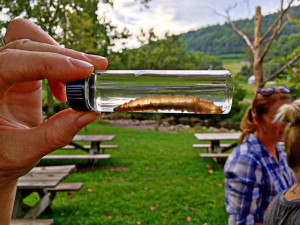![]() We are not at the point where we’re out of water.
We are not at the point where we’re out of water.
The supply of ground water for our wells, however, is not infinite.
The question experts are raising is, “Do we have enough ground water in Loudoun to meet the current demand and the ‘new’ development discussed in the County, especially for Western Loudoun?”
Fauquier County is concerned about its ground water supply for its wells given the increased development that burdens its aquifers and compromises their ability to re-charge.
This summer, the USGS issued a “groundwater resource assessment” for Fauquier, outlining how best to sustain Faiquier County’s Water Supply.
Loudoun County has a similar profile, contemplating another 50,000 residential units, referenced in its recently issued ENVISION report.
Does Loudoun have sufficient water resources to support such aggressive residential development?
While most of any new residential units may be served by Loudoun Water and the towns, there could be as many as an additional 11,000 homes in the Rural Policy area. That can only mean that thousands of new private wells will be drilled, adding to the existing 15,000 wells.
Fauquier is a rapidly growing suburban area near Washington, D.C., encompassing parts of three distinct geologic provinces that are underlain by fractured-rock aquifers that are currently relied upon to supply about 3.9 million gallons a day of groundwater for public supply and domestic use.
Loudoun is not that different. Continue reading

